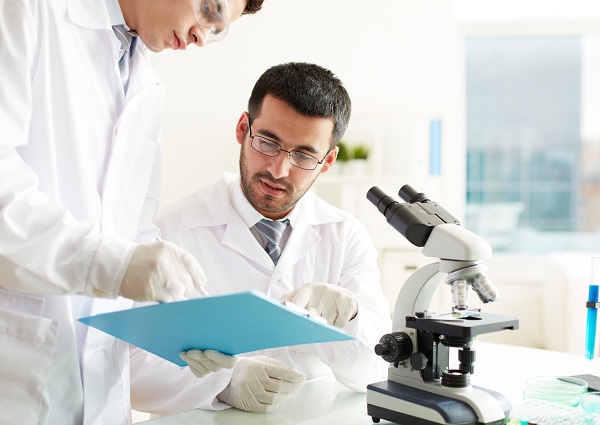Women with high glucose levels in pregnancy are more likely to get type 2 diabetes in later years. Although the levels are not such as to be able to talk about gestational diabetes. This is revealed by a study published in the journal of the American Medical Association. The researchers followed the future mothers throughout the gestation and 10-14 years after delivery.
Previous studies focused on possible complications for the child. This, however, analyzes the effects of glucose on mothers, even those that do not formally suffer from diabetes. It thus emerged that levels slightly higher than recommended are enough to increase the risk of type 2 diabetes in mothers and obesity in children.
The researchers analyzed 4697 mothers, dividing them based on glucose levels during pregnancy. None of the women had had gestational diabetes problems. Among those with very high levels, after 10 years about 11% suffered from type 2 diabetes and 42% of prediabetes. Among those with normal levels, however, the percentages were 2% for diabetes and 18% for prediabetes.
The study also examined the children of women, 4832 in all. Babies born to mothers with high glucose levels were much more at risk of obesity. 19% of them were obese, compared to 10% of children born to mothers with normal levels. This means that it is not necessary to get gestational diabetes to have problems for years to come.
Despite the data are significant, they have limits. Information is lacking about the lifestyle of mothers and children, which may have affected. Furthermore, there is no data concerning the body mass index before pregnancy.
Source: niddk.nih.gov
Add a comment





